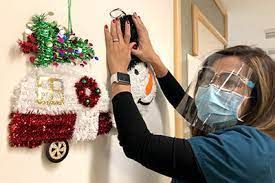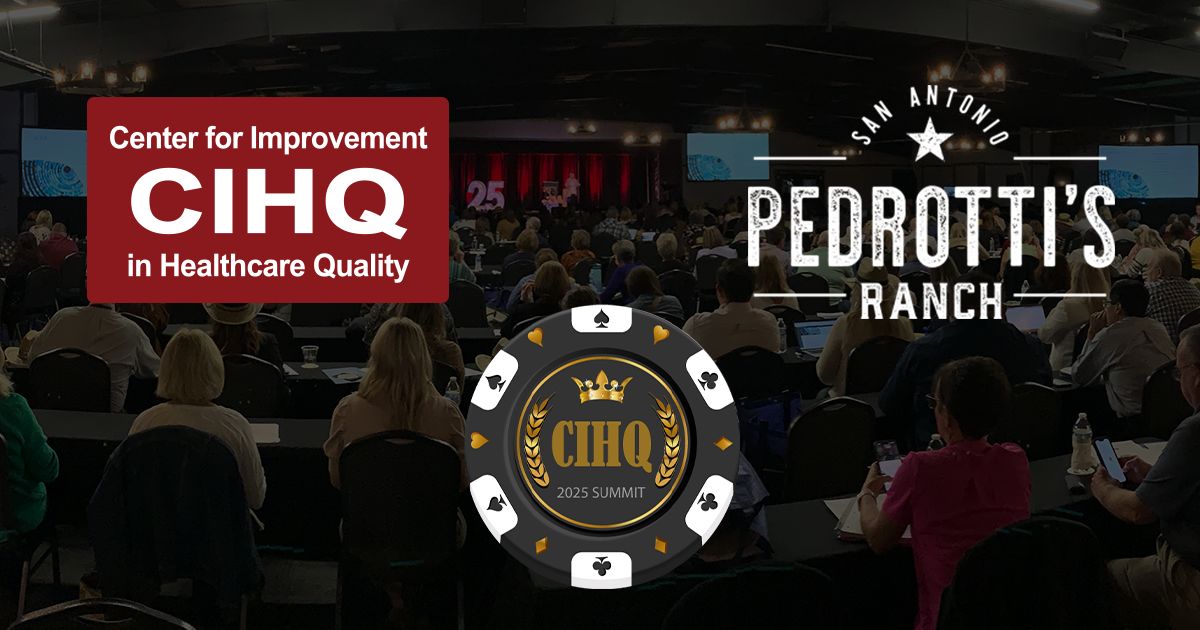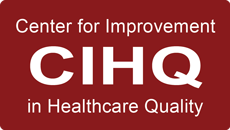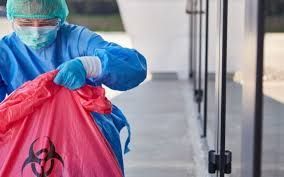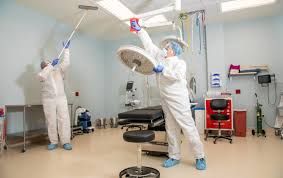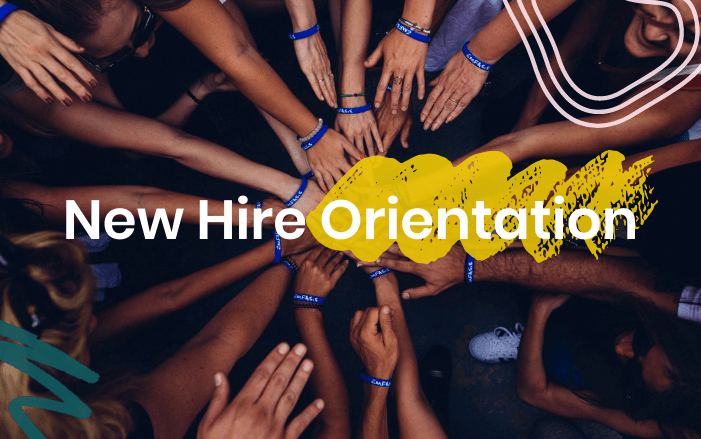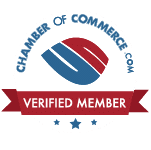The Importance of Evaluating Your Hospital's Environmental Services Program
The Importance of Evaluating Your Hospital's Environmental Services Program
Environmental Services (EVS) is an essential component of healthcare operations. Maintaining sanitary conditions is a critical element of a successful Infection Prevention Program. It is a very common practice for healthcare facilities to contract these services. Whether your organization uses a third-party vendor or employs your own EVS personnel, make it a priority to evaluate day-to- day operations throughout your facility to ensure patient safety and good infection prevention practices.
Education is the most important consideration for establishing and maintaining a safe and healthy environment. When outsourcing EVS services, it is important to consider if the service provider has experience in the healthcare setting. We have found that some organizations may contract with vendors who have only had general EVS training. Ensuring that EVS workers are trained and competent is critical, specifically when it comes to cleaning isolation rooms and terminal cleaning in the surgical services environment.
Here are a few considerations for evaluating your organization’s EVS Program:
- Use of personal protective equipment. Have team members been trained on proper donning and doffing procedures? Is this being done properly between locations/rooms?
- Hand Hygiene. Are team members compliant with hand hygiene protocol? Is hand hygiene being performed at appropriate intervals?
- Separation of clean and dirty supplies. Are clean materials such as paper products, linen and microfiber cleaning cloths being stored separate from soiled materials?
- Cleaning agents. Are team members using products that are safe and approved? Are they familiar with how to safely use cleaning agents? Are they donning required PPE for chemicals being used? Is the cleaning of equipment (if applicable) being done in accordance with the Manufacturer’s recommendations? Have they been trained on Safety Data Sheets? Are cleaning agents being stored safely and securely? Do they know where eyewash stations are located?
- Curtains. Are team members trained on policies for removing and cleaning curtains in patient care areas?
- Hazardous and biological waste. Are they properly trained on safe handling, removal, and secure storage protocols?
- Cleaning logs. Are these being completed and maintained correctly? Do you have the ability to access and recall logs?
- Communication. How are requests being made for EVS cleaning? Is there sound communication between departments requesting services as to what specific cleaning requirements are needed in various areas? Examples: terminal cleaning for isolation, operating rooms, cleaning areas where renovation or construction are underway or bed bugs infestations, etc.?
Environmental Services Programs are a critical part of operations in all healthcare facilities. Regardless of whether you directly employee EVS personnel or use contracted services, be sure that a comprehensive training program exists. Are team members properly educated and deemed competent in the duties that they are expected to perform? Training should occur with onboarding of all new team members. EVS should be integrated into your organization’s Infection Prevention Program.
Good environmental service practices are essential for establishing and maintaining sanitary conditions, preventing infection, and ensuring safe conditions for patients and healthcare providers.
HCE Global is Here to Help
Our HCE Global experts understand the challenges that healthcare facilities are facing today. We are here to help. Using a customizable approach, we will help you navigate through even the toughest of challenges. We pride ourselves on helping our clients achieve and maintain a status of excellence in the healthcare industry.
Be sure to browse Our Website for a full list of services we provide.
Contact us today at (800) 813-7117 to schedule a free consultation.
